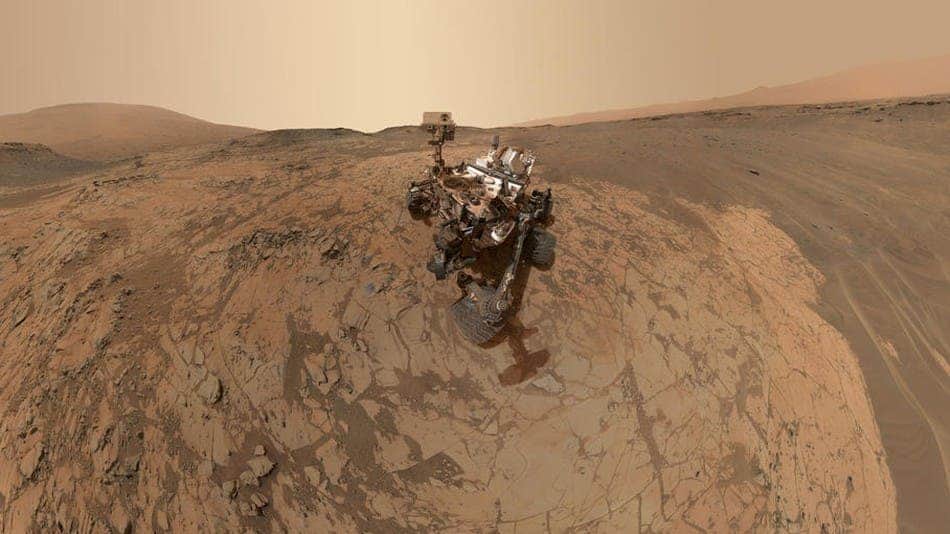Happy birthday, buddy! You may be all alone up there, but we’re all rooting for you.
No song
Curiosity landed on Mars six years ago, giving us an unprecedented view of Mars and gathering a trove of data in its years of activity — no doubt with more to come in the future. The Curiosity rover has become one of the most popular science projects out there, and it’s already six years old. But if there’s one thing Curiosity isn’t good at, it’s celebrating birthdays.
I touched down on #Mars six years ago. Celebrating my 6th landing anniversary with the traditional gift of iron… oxide. (It puts the red in Red Planet.) https://t.co/AgssRU46yh pic.twitter.com/IAMa5H4TUG
— Curiosity Rover (@MarsCuriosity) August 5, 2018
When you’re on Earth, there are a myriad of ways to celebrate your birthday, but that’s a bit more complicated in the frigid, barren Martian environment. So when Curiosity turned six, there was no cake, no party, and not even a happy birthday — because contrary to popular belief (and some media headlines), the rover doesn’t sing “Happy Birthday” to itself every year. It only did so once.
In 2013, NASA programmed the rover’s sample-analysis unit to vibrate to the tune of “Happy birthday,” which it sang to itself — but it was only a one-time occurrence. Unfortunately, there’s no scientific or practical benefit to singing a song on Mars, and it also consumes energy, so it just doesn’t make a lot of sense to do it every year.
The reports of my singing are greatly exaggerated. I only hummed "Happy Birthday" to myself once, back in 2013. 🎂🎵 https://t.co/wK3HGP2STY pic.twitter.com/o4b3AuVm1c
— Curiosity Rover (@MarsCuriosity) August 4, 2017
Curiosity’s accomplishments
Among many other results, Curiosity can boast that it:
- showed that Mars had the right chemistry to support life;
- found organic carbon in Martian rocks;
- found signs of methane in Mars’ atmosphere;
- showed that Mars radiation can be very dangerous to humans;
- found traces of ancient water on Mars;
- found evidence of an ancient streambed, where water may have once flowed.
DIY Curiosity
If you ever wanted to make your own Curiosity rover (well, technically a smaller version of the Curiosity rover), NASA’s got your back: meet the JPL Open Source Rover (OSR): a scaled-down replica of the Curiosity. Freely available, the design can be accessed and download via GitHub, where anyone can get the basic instructions and test plans to build their own.
“We wanted to give back to the community and lower the barrier of entry by giving hands-on experience to the next generation of scientists, engineers, and programmers,” says OSR project sponsor Tom Soderstrom.
Soderstrom says you can build your version of Curiosity for no more than $2,500, using commercially-available parts. Sending it to Mars or a similarly interesting place might be a bit more challenging though.










